Transcript: How to Beat Sugar Addiction
You might think we know a lot more about sugar now than we did say 50/60 years ago…
The fact is, we could have known a lot more a lot earlier.
Back in 1965, the sugar industry paid three Harvard scientists to shift public attention away from the strong evidence between sugar consumption and heart disease and other chronic diseases and to shift the focus to fat instead. While fat hung in the gallows for being the biggest killer of all, sugar had its knuckles lightly rapped for its effect on our teeth.
So, for decades, the conversation about fat and sugar and their impact on our health has been skewed. And in that time, sugar has sweetly talked its way into practically every packaged product on the shelves and now, trying to undo the damage and expel it from our foods is almost as difficult as extracting the H from H20.
And it all comes down to addiction which is the focus of this video today. I want to share with you why we get addicted to sugar and, of course, give you some actionable tips to help you overcome your sugar addiction. So make sure you stay till the end to learn all the tricks.
Alright, so where were we?
Sugar is addictive. And things with sugar (practically everything in our supermarket which is not in the fresh produce aisle) are addictive. Which means people want more of these things so they buy more of these things. And, before you can say Wrigley or Hershey, you’ve got a sweet-toothed, sugar-crazed addicted market that is going to make you rich.
Think about it. People have been chewing on coca leaves in South America for thousands of years, with no evidence of addiction. Fast forward to today, and if you isolate the components in those leaves into cocaine...let's just say it ain't good for ya!
It turns out something similar may be true about sugar too - when we take it away from its original whole form (like whole fruit or sweet potatoes), then suddenly our cravings skyrocket.
And thanks to PET scans and imaging technology that can measure brain activity, we now know that sugary treats cause nearly as much excitement in your head as drugs do in addicts'.
Check out this publication from the Institute of Clinical Physiology that showed decreased dopamine sensitivity in obese individuals. Now dopamine is the neurotransmitter primarily involved in the pleasure and reward center of our brain, helping to motivate our drive for things like food, water and sex. The more it increases, the more we crave the same sensation.
In this study, the researchers found that as your waistline expands, so does your resistance to pleasure and reward. We see the same reduction in sensitivity in cocaine addicts and alcoholics. It appears this same decrease in responsiveness is seen across multiple addictions.
Now an average American consumes approximately 25 tsp of sugar per day, which is slightly more than three 12-ounce cans of coca-cola. People from Germany or the Netherlands consume 20 tsp, the Irish 19 tsp with the Aussies not far behind.
After just a few weeks of high consumption like this, sugar hijacks our brain’s pleasure centers by thinning out its pleasure receptors in a process called downregulation. The coup d’etat leaves us craving more and more sweetness and it takes more stimulation to create a normal response.
So, a signal is sent out to eat MORE sugar and the brain responds by taking even more receptors hostage. This becomes a cycle until a brain scan of an overweight person and a brain scan of a person addicted to cocaine look the same.
Let’s take a look at another study.
In 1949, a colony of mice showing severe obesity and having an appetite larger than the state of Texas was identified at The Jackson Laboratory in Maine. Unlike other mice, they had no desire to jump around, to move, they were just either eating or sleeping.
Why were these mice acting so strangely? Why weren’t they running around the wheel and you know, doing what mice normally do?
Well after a lot of testing, the scientists finally were able to put their finger on it.
They had been born without the gene that makes leptin. Leptin is the hormone that tells us that we’re full and that we need to move. So, what they did, they injected leptin into the mice and what do ya know, their eating habits calmed down, and they were soon bouncing around like dodgem cars. And interestingly, they became thin.
Now, unfortunately, before you get too excited, injecting ourselves with leptin isn’t the same magical elixir for weight loss as it was for the mice.
Why?
Because overweight humans are not lacking in leptin. In fact, they have more leptin in their blood than thin people! The problem isn’t that they don’t have it, but that it is being blocked in the brain by another hormone.
Insulin
Insulin is our hormone that lets glucose (sugar) into our cells to be used as energy. However, the sugar in our diet is elevating insulin far beyond what our bodies can handle.
Recent research on overweight kids has shown that their average insulin levels rise a whopping 45 percent between grade school and high school, which has created a surge in Type II Diabetes.
So sugar, it’s not only downregulating our dopamine receptors to make sugar highly addictive, it’s also spiking up our insulin which blocks our ability to use leptin, the hormone which tells us to stop eating.
Now, I’m going to leave the subject of corporate influence on nutrition policy for another time. But I can’t help but wonder what would have happened if those Harvard scientists hadn't been bribed by the Big Sugar? Maybe we could have started this conversation about sugar and addiction much sooner? Potentially, millions of people could have been spared from decades of unwanted cravings and dependency on nutrition-poor products that the world has almost come to see as "normal,” thanks largely in part to aggressive marketing tactics.
But anyway, let’s forget that for now and focus on you. Please tell me, in the comments, is sugar addiction something you’re struggling with? Have you got some strategies to share that help you relinquish your dependency on this substance? Put your responses in the comments, and please while you’re there, like and subscribe to help us get this information out. And now, I want to share with you some tips that can really help put that sweet demon behind you.
1. Acknowledgment
Like with any addiction, the first step is to acknowledge you have one. Now, many of us genuinely believe we are healthy. We have a bowl of cheerios with almond milk for breakfast, we have a hamburger for lunch (which has salad in it). We may have a few snacks mid-afternoon or just one soft-drink (but that’s only the days we need a pick-me-up). Then in the evening, we have a delicious home-cooked dinner, consisting of potatoes, even some veggies even, some protein, followed by a small helping of dessert, maybe some chocolate. Ok, and maybe a little bit of dessert wine.
But we’re having veggies, and plant-based milk and lettuce in our hamburger and we rarely order fast food!
Ok so I may be exaggerating a bit but I want you to record this week what foods you’re eating for breakfast, lunch, and dinner every day, and your snacks, drinks, everything; take an objective step back and calculate how much sugar is in each food. Add it all up and you may be surprised. Look, you may pat yourself on the back and that’s a great confirmation that you’re doing things right. Or you might acknowledge that there’s some work to be done.
But it’s a very well-worth exercise to do.
2. Learn to read labels
Educate yourself about how to read labels.
Just because something doesn’t look sweet does not mean it’s void of sugar.
So when you look at a label, you want to check that it does not contain added sugar. This means that the product has had no sugars added during processing and no ingredients that contain sugar like jam.
Added sugars are also often listed by sneaky names such as corn syrup, high-fructose corn syrup, or glucose. Because they don’t want to list sugar as one of the top two or three ingredients in a product, manufacturers will often break it into several different kinds of sugars so they appear later in the list.
Also, the label reports how many grams or units per serving. So be aware that if you eat double the serving amount, you’ll need to double the numbers.
3. Taper off your dosage
Like tobacco and other drugs, it can be very hard to go cold turkey. It can be done, of course, but for most people, it’s near impossible. So the best thing to do is to:
step 1. Work out how much sugar you’re having every day. 2. Decide how much you’re going to cut your sugar intake by. And 3. Work out where you’re going to make the cuts. After a few days or a week, make another cut, and gradually taper off until voila, you’re sugar-free.
4. Avoid temptations
Who are we kidding? Do we have any more resolve just because we’re adults? Don’t worry, you’re not alone.
Temptation is usually place-specific, that is, while the visual cue is right in front of you. If you move away from the site of temptation and actively do something else for 5 minutes, your mind will most probably forget the sugary treat and focus on what’s at hand. So just keep on walking.
Another helpful tip, don’t buy sugary treats to have at home. And on that, don’t go to the grocery store when you’re hungry, as that is really setting you up for failure.
5. Replace with healthy alternatives
There are also some really good healthy alternatives out there to sugar. Besides fruit which is the healthiest, there are some other ones that can at least help you as you go about curbing your cravings. We cover the healthiest alternatives in this video which I’ll link again at the end.
Even when you go to gatherings or events, look around. There is usually a safer, more wholesome way to appease your sweet tooth. There is almost always fruit available at these gatherings. Even better, you could bring your own grapes or berries in a small container. Also, eating a healthy meal at home before you go out will also make you less likely to give in to temptations.
6. Have an accountability partner
Get yourself some buddies to go on this journey with you. Make them suffer with you…
I’m just joking- don’t look at it like suffering. In fact, make it as fun as possible by experimenting in the kitchen with non-sugary desserts. Invite your friends over to try your delicious creations and make them come with their own sugar-free treats for you to try. The more fun you make the process, the more likely you’ll stick with it long-term.
7. If you fall, get up again, don’t stay down
And of course, if you do find yourself absolutely unable to resist, and you do have a cookie or a piece of chocolate or two, or three, or four, don’t panic. Don’t think of yourself as a failure. And most importantly, do not say, “Well, I’ve blown it now, so I might as well eat every bad thing in sight.”
Rather than just mindlessly chowing down on that piece of cake, make it a learning experience! Revel in the moment and savor all of its sugary goodness - take one bite to fully taste what you already knew it was. Then tell yourself, "Yep, I don't need any more," look for a healthier alternative like a piece of fruit, and feel proud knowing your inner fortitude is getting stronger every day!
Well thanks for hanging with me today. I hope you enjoyed it, learnt something and I hope it was an encouragement to slay the sugary beast yourself. Now here’s a reminder, if you want to learn more about sugar, its effects on our body and some of the healthier alternatives, check out this video here. Look forward to seeing you there!

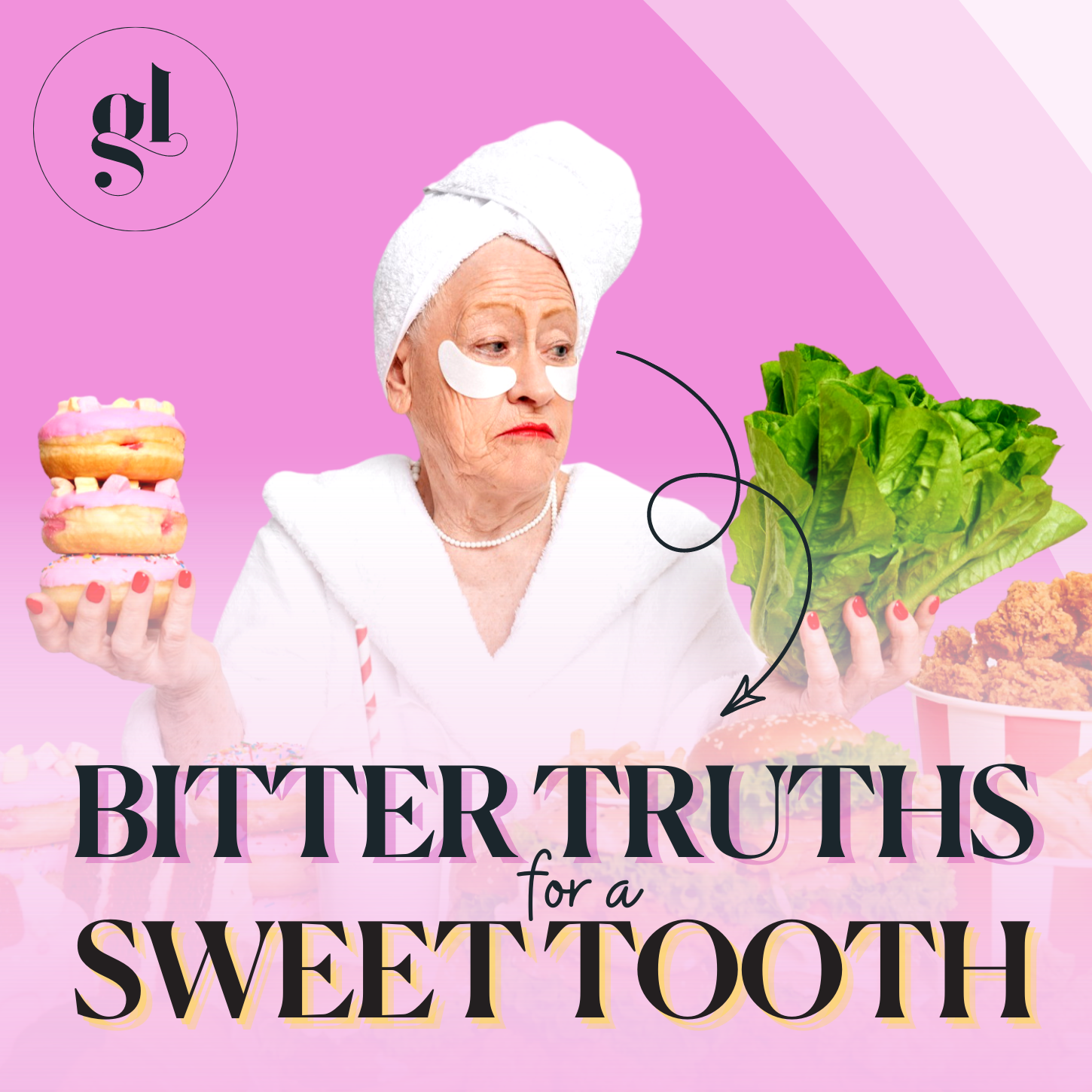

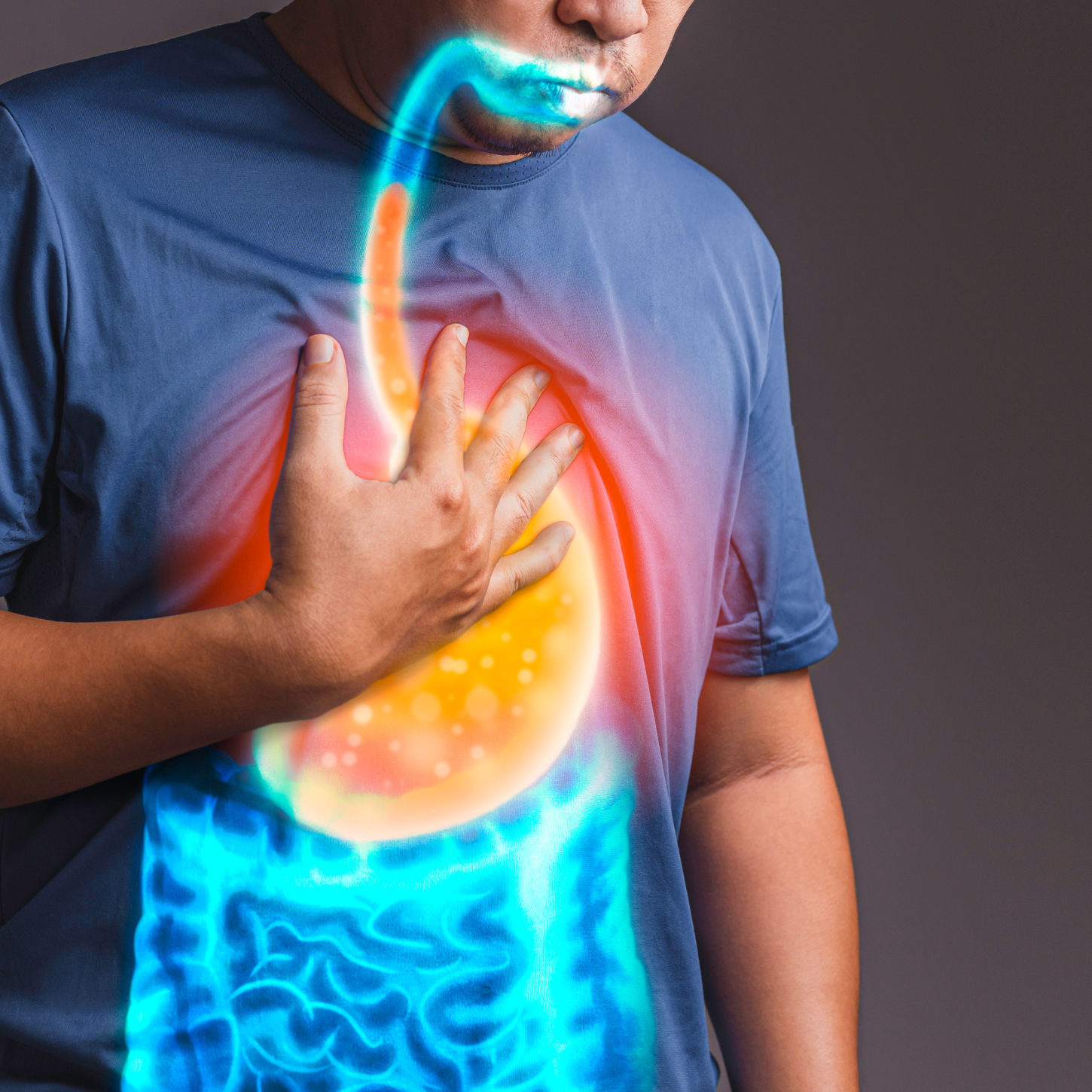



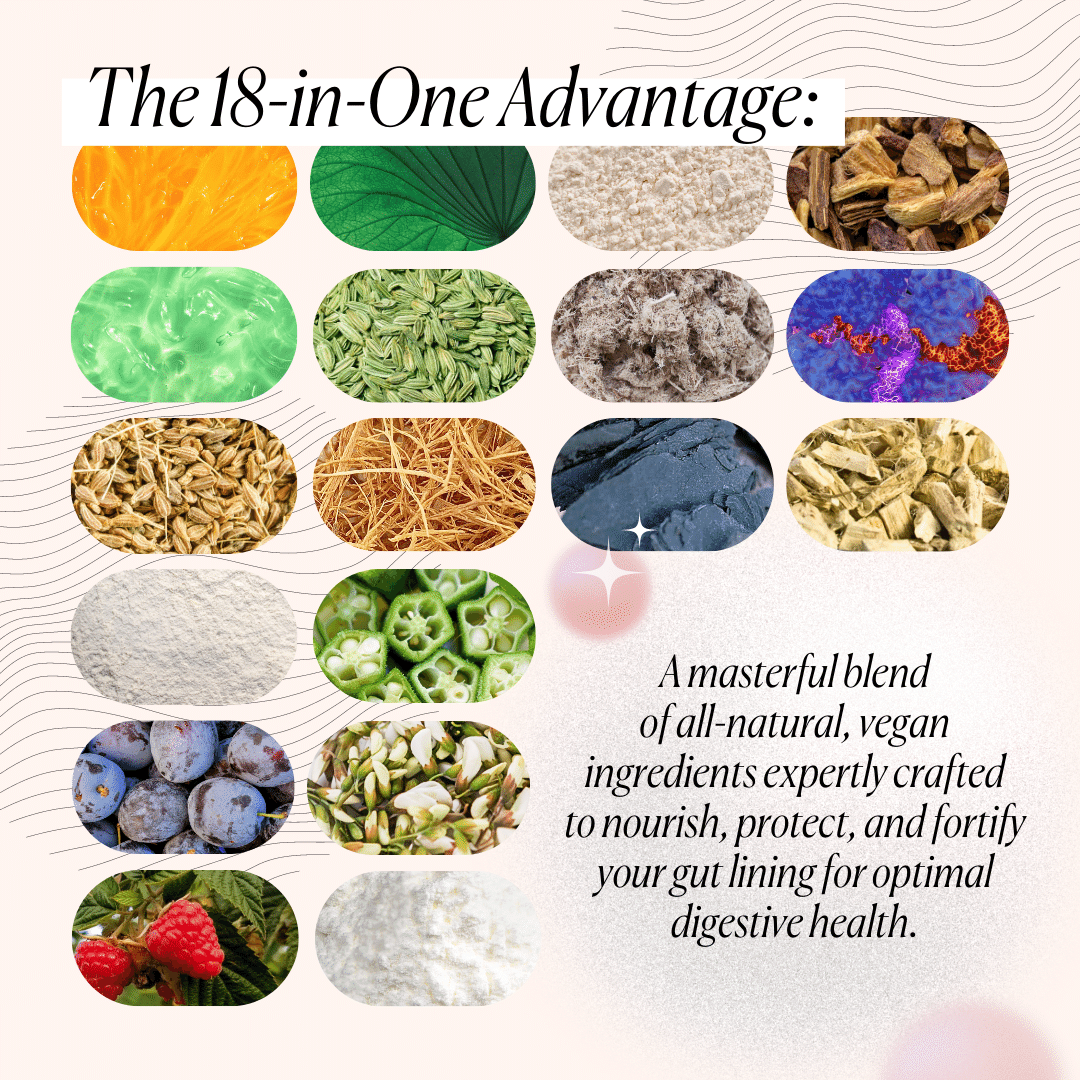
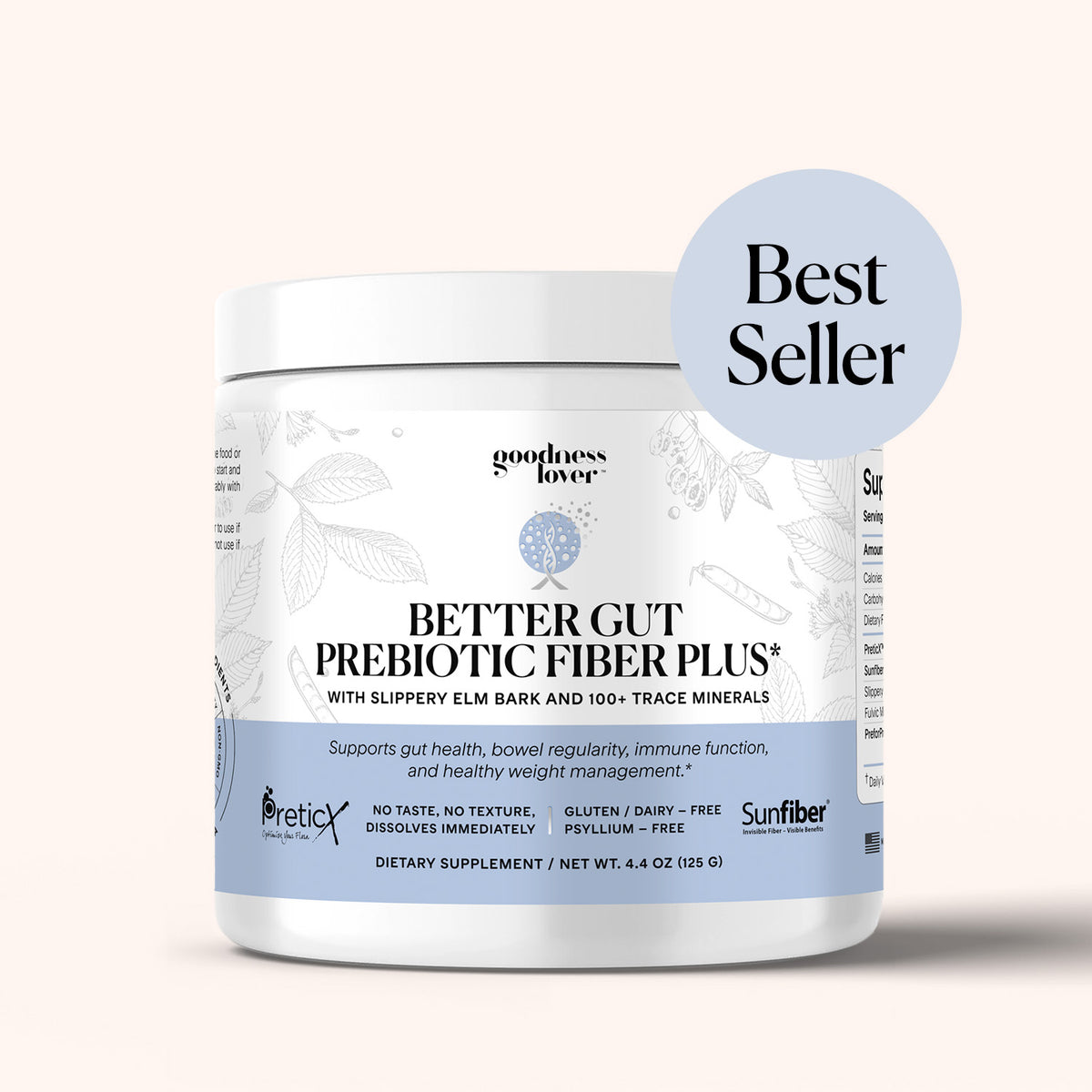

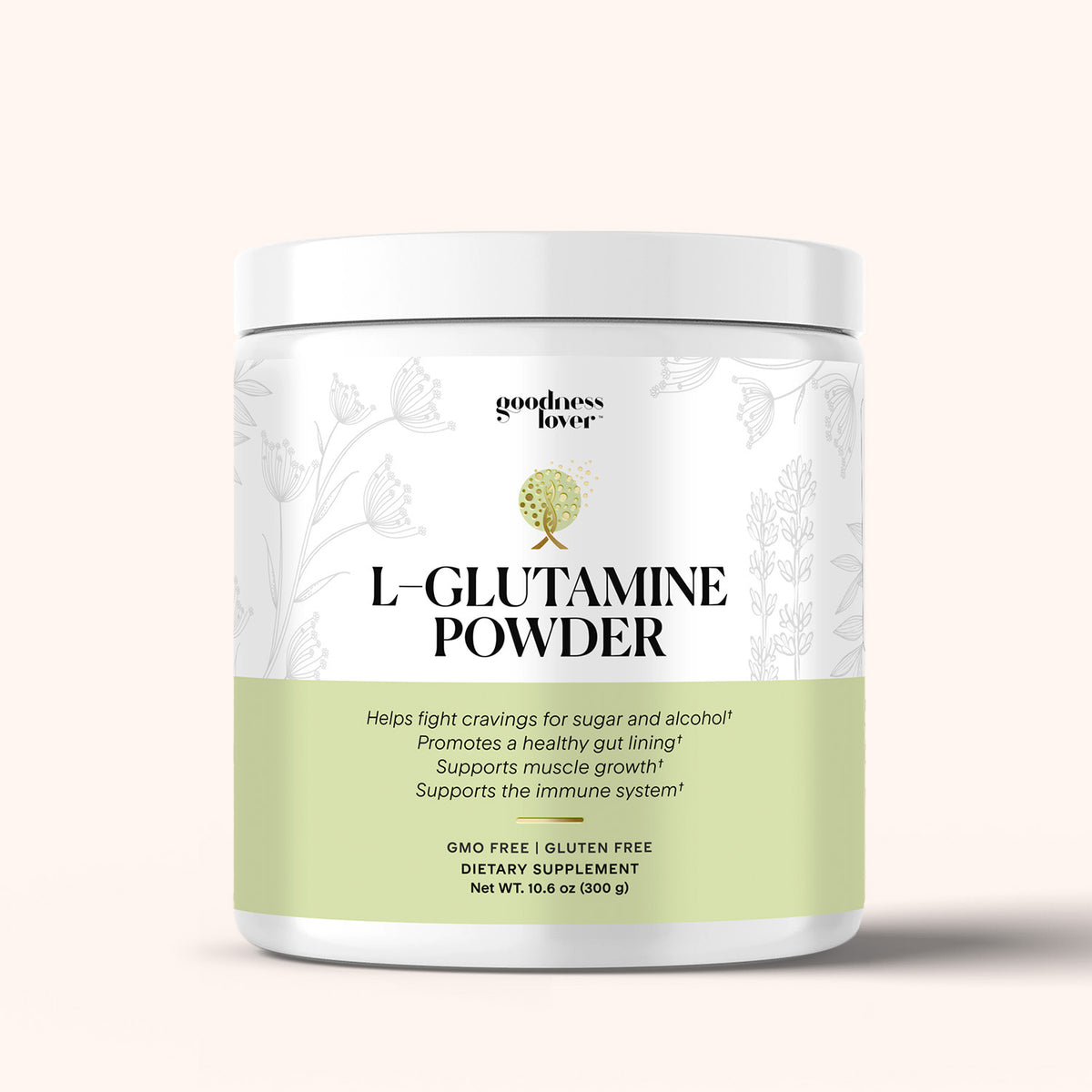
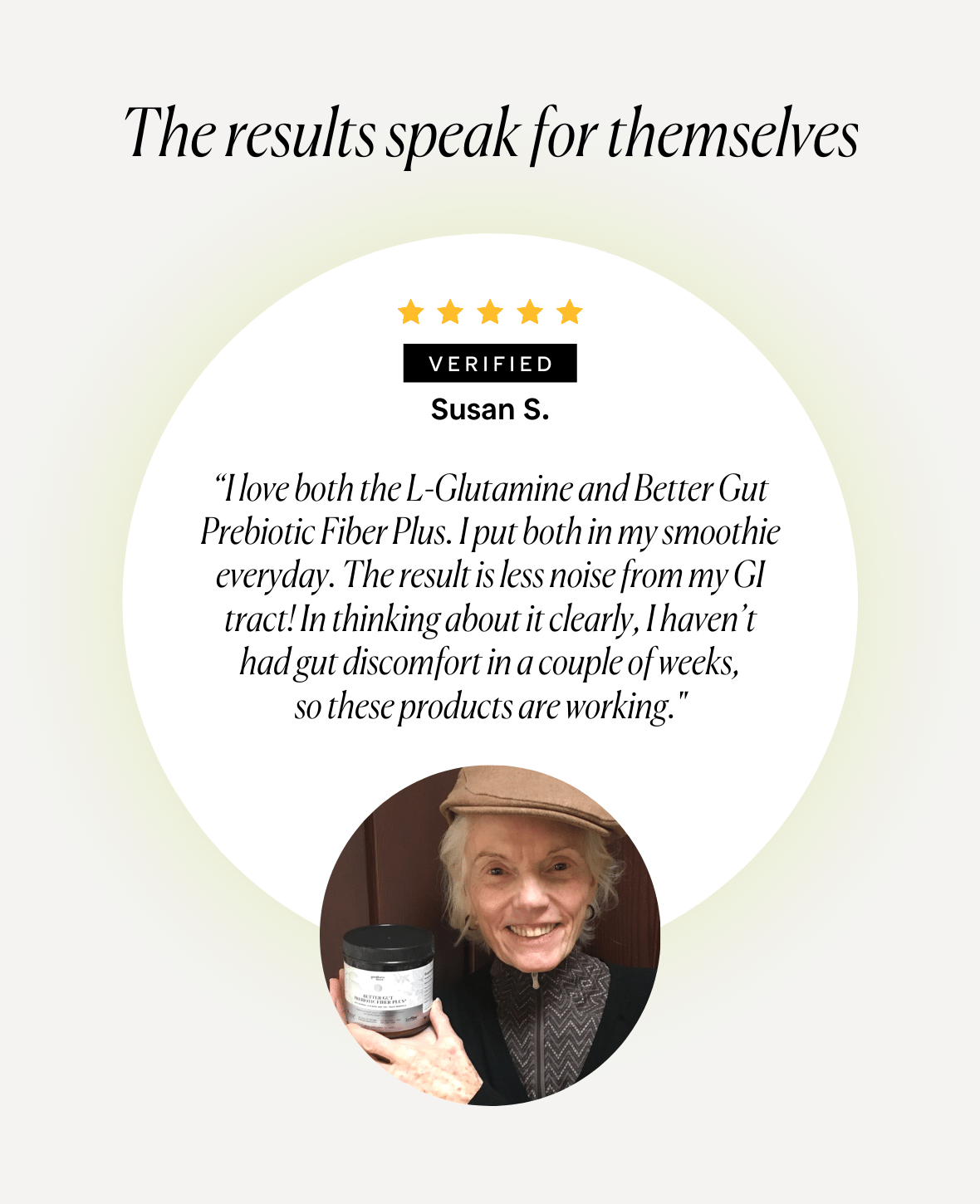
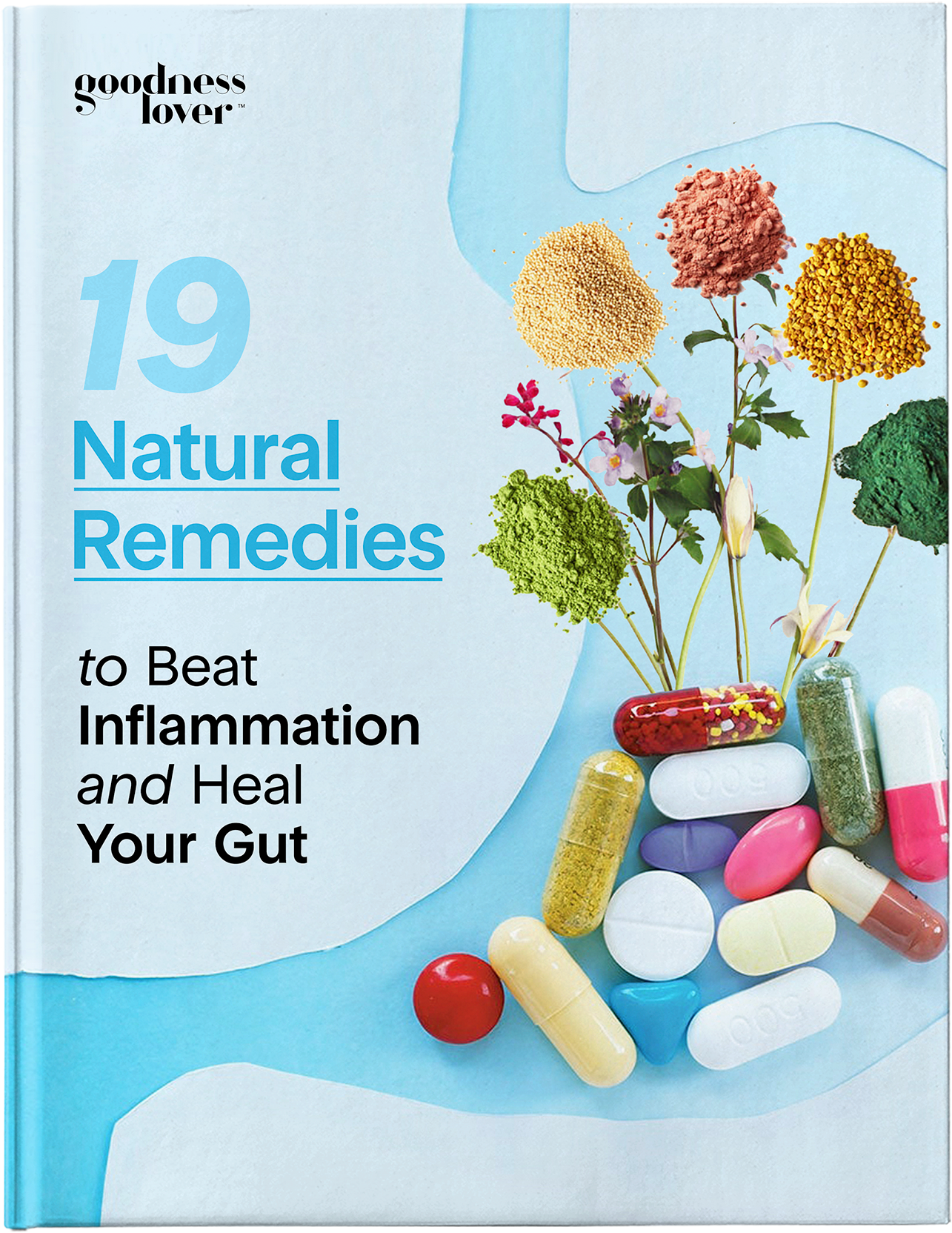
What Do You Think? Comment Below: